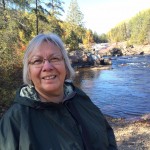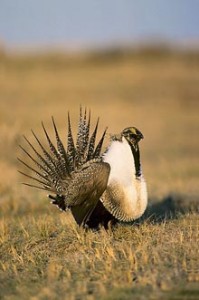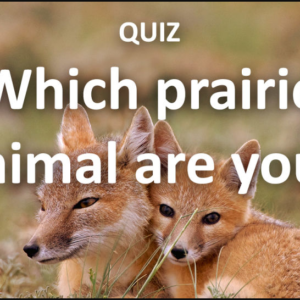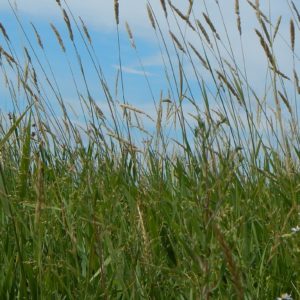Wanted: Govenlock Pasture for National Wildlife Area

Valerie Assinewe,
Guest Blogger
Perhaps when some gaze onto the rolling hills and plains of the Prairies, they see little but tumbleweeds skipping across an empty, mundane frontier. But those who know Canada’s Prairie grasslands know just how abundant the biodiversity of this region is, and how important it is to protect for animals, plants and humans, alike.
Do you think you know the Prairies?
- Did you know that Canada’s Prairie grasslands must withstand extremes year-round? In fact, according to the Canadian Encyclopedia, “average weather” in this region is atypical.
Perhaps because it has to endure constant ups and downs, droughts and floods – while also serving as a quintessential icon for Canadian ranching, and habitat for some of Canada’s most endangered species!
|
The grasslands of western Canada range from the tall-grass prairie of Manitoba to the aspen parkland bordering the boreal forest and shortgrass and sagebrush grasslands of southern Alberta and Saskatchewan, all serving as important sinks absorbing greenhouse gases. These grasslands are imperilled due to the impacts of monoculture agriculture, urbanization, oil and gas development and climate change. Saskatchewan, Alberta and Manitoba together have 82 community pastures comprising over 9000 km2. Govenlock – one of these unique pastures – is approximately 200 km2, and provides important grazing for livestock, while also serving as a critical habitat for at least 13 federally-listed species at risk, including Greater Sage-grouse, Burrowing Owl and Ferruginous Hawk. Govenlock is also part of an Important Bird Area (IBA) designated as nationally significant by Birdlife International.
To understand the history of managing Prairie grasslands, like Govenlock Community Pasture in southwest Saskatchewan, we must look back to the Great Depression. An unforgiving drought swept the region in the 1930s, heavily eroding soils, and reducing arable farmlands to a desert-like state. In 1935, the Prairie Farm Rehabilitation Act (PFR Act) was implemented, and served as the prime force guiding Prairie reclamation and conservation efforts. A successful and long-praised program that operated under this Act was the Community Pastures Program.
 In 2012, widespread confusion surged when the former Conservative government abandoned the Community Pastures Program, in favour of transferring the PFRA pastures to the provincial governments, with Saskatchewan committed to privatizing its pastures. Furthermore, the federal government did not conduct the environmental assessments cited as necessary to determine how this move would impact endangered species or grassland ecosystems
In 2012, widespread confusion surged when the former Conservative government abandoned the Community Pastures Program, in favour of transferring the PFRA pastures to the provincial governments, with Saskatchewan committed to privatizing its pastures. Furthermore, the federal government did not conduct the environmental assessments cited as necessary to determine how this move would impact endangered species or grassland ecosystems
During its years, the Community Pastures Program – aided by federal financing – proved to be highly beneficial for rehabilitating the grasslands, as demonstrated by a Strategic Environmental Assessment (SEA) conducted in 2007. Addressing this point, Stephen Hazell, Director of Conservation and General Counsel at Nature Canada, raised the question, “If the Community Pasture Program was so beneficial in 2007, why was it terminated in 2012?”
Ultimately, grassland management in the Prairies must strike a balance between livestock production and grassland rehabilitation and conservation – which is integral for the survival of several endangered species, and for the longevity of the grasslands themselves , itself.
With that said, progress has been made over the past year. In August 2015, Agriculture and Agri-Food Canada (AAFC) agreed to transfer management of Govenlock Pasture to Environment Canada. Nature Canada, Nature Saskatchewan and Alberta Wilderness Association are now seeking to have this community pasture assessed and designated as a National Wildlife Area. You can support the protection and management of this important habitat by signing our petition to keep grasslands safe!
“Canada simply cannot afford to lose more grasslands — probably the most imperilled ecosystem in Canada.” – Stephen Hazell, Director of Conservation and General Counsel at Nature Canada
[button link=”http://e-activist.com/ea-campaign/action.retrievestaticpage.do?ea_static_page_id=4826″ size=”medium” target=”_self” color=”red” lightbox=”false”]Learn about other proposed protected areas and how you can save wilderness now![/button]


